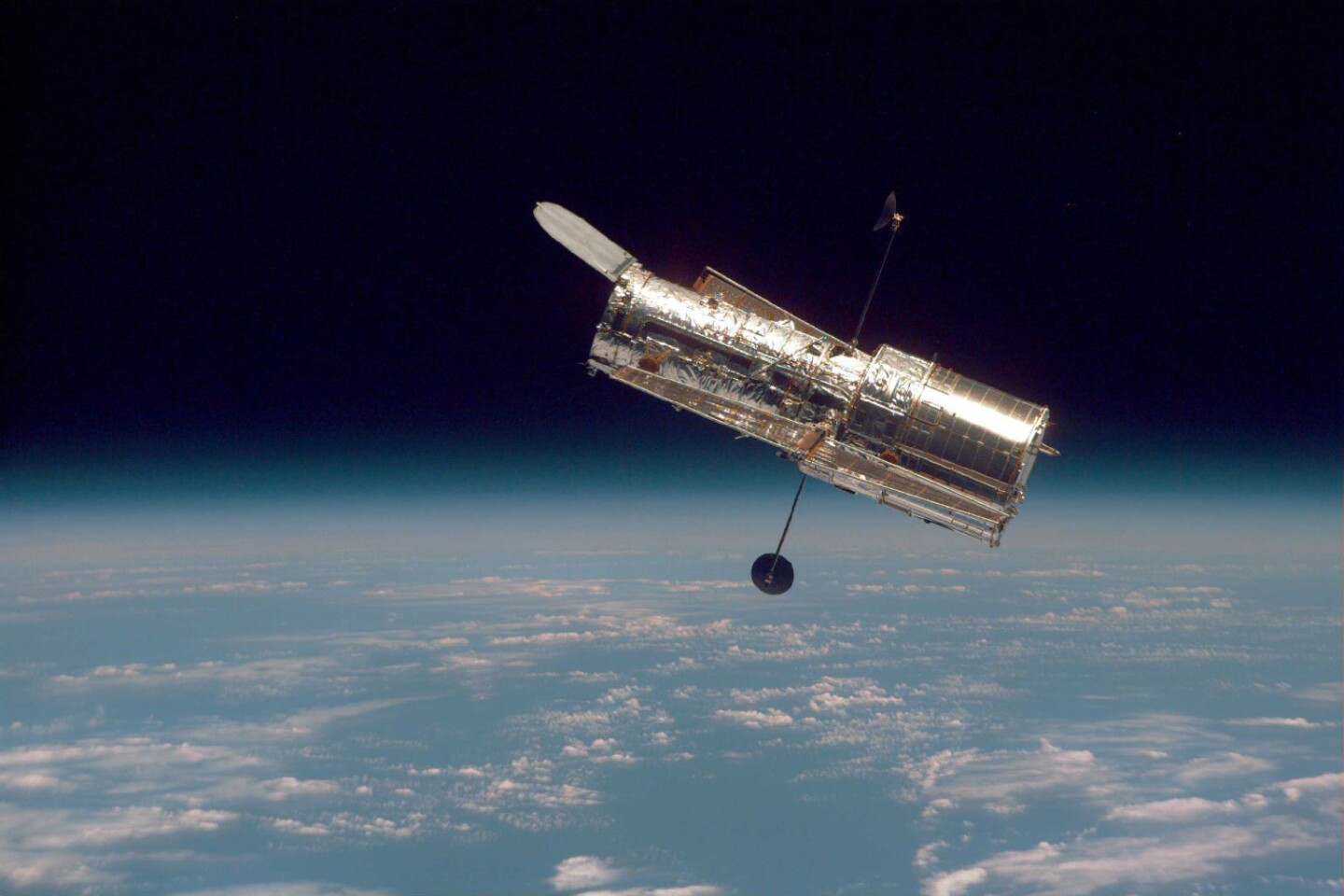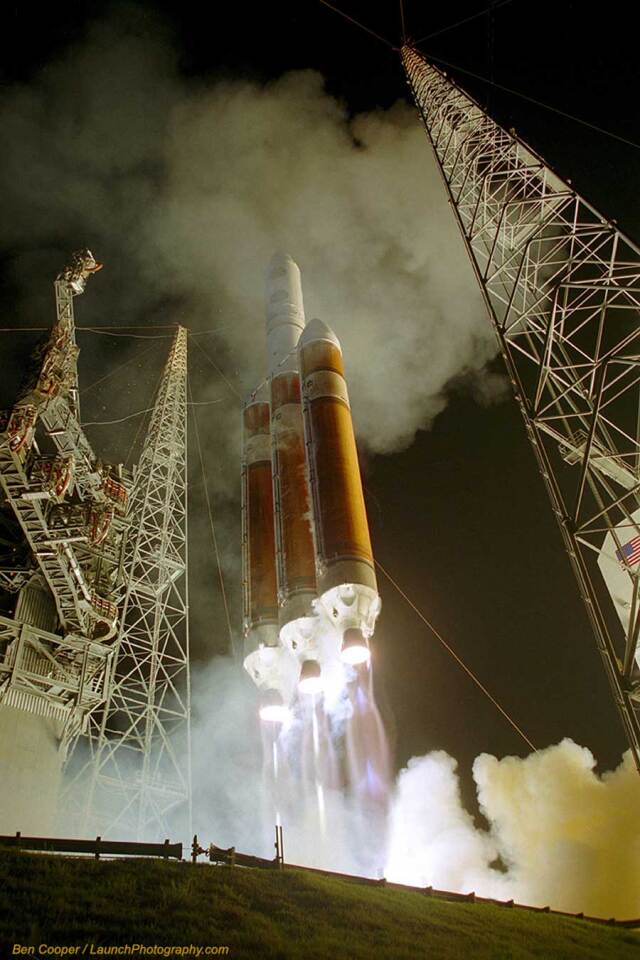NASA has assembled a team of scientists and engineers to lay the first tentative plans for a successor platform to the Hubble and James Webb telescopes. The project, currently in the study phase, is being assessed for the technological and financial requirements needed to create so advanced a deep space observation platform.
Currently Hubble is without question NASA's flagship deep space telescope, with each image it captures not only contributing to our scientific knowledge, but also representing a piece of art and inspiration that has captured the minds of a generation. However, NASA cannot simply sit on the laurels of Hubble and stagnate. Instead, the agency is striving to continue to advance our knowledge, and peer deeper into the cosmos.
In this vein, NASA is well on the way to building Hubble's immediate scientific successor, the James Webb Space Telescope. This next step in space exploration comes with a 21 ft (6.5 m) primary mirror, designed in segmented pieces to allow for easy launch. Once the mirror is unfurled, James Webb will represent the largest and most advanced spacefaring telescope ever created, with the ability to image distant objects in long-wavelength visible to mid-infrared bands by utilizing a suite of advanced equipment.

However, even though it has been under design and construction since 1995, the James Webb telescope is still not due to be launched until 2018. Therefore, with lead times stretching into decades, the agency must begin to consider the successor to the James Webb telescope long before the observatory has even been launched.
Looking to the future
NASA recently assembled a team of scientists and engineers, based at NASA’s Goddard Space Flight Center, to begin laying plans for its next, next generation flagship mission. Proposals for the tentatively-named Advanced Technology Large-Aperture Space Telescope (ATLAST) have actually been in the works since the year 2000, but with progress on the James Webb space telescope progressing smoothly, the agency is ready to start taking a more detailed approach.
While still in the study phase, the design of ATLAST will build on technology borrowed from Hubble and James Webb, with the overriding goal of designing the telescope as a Hubble-like long-term observatory. To be successful in this goal, the telescope would have to be extremely stable. The agency has suggested that it could ensure said stability by putting ATLAST into the same orbit as the James Webb telescope (set to orbit 1.5 million km/1 million miles from Earth).
ATLAST will also be equipped with state-of-the-art technology designed to limit the disruptive effects of the sun. This will either be in the form of a coronagraph or an occulting star shade. The size of the mirror itself will also be a stabilizing factor, especially when combined with novel fine-tuning techniques.
NASA is currently considering the possibility of using a 33 ft (10 m) glass or carbon fiber primary mirror, which would allow for 17 times the light-gathering capability of Hubble's 7.9 ft (2.9 m) mirror. With this mirror, ATLAST could give detailed views of galaxies over 10 million light-years away. The mirror will also be designed in a similar segmented approach to those being tested for the James Webb telescope, allowing it to fit within the fairings of the Delta-IV Heavy Launch Vehicle (pictured below) pegged to lift the gigantic telescope into its operational orbit.

NASA seeks to apply lessons learned from past missions to further improve the longevity of the ATLAST mission. For example, a manufacturing error which manifested itself soon after the launch of the Hubble telescope could have rendered the billion-dollar piece of equipment useless, leaving it unable to focus on its quarry. However, thanks to the design of Hubble, a rescue mission was able to replace the faulty component, thus restoring the powerful telescope's vision. To make a crisis such as that which affected the Hubble Space Telescope easier to handle in the future, ATLAST is to be designed with modularity in mind.
"One of the pertinent attributes about ATLAST is that it’s being designed to be modular and serviceable, following the Hubble Space Telescope model," states Julie Crooke, a lead member in the Goddard study on the future mission. "Serviceability has been one of the great paradigms in mission architecture that separates the Hubble Space Telescope from all of the other space missions to date."
Finally, ATLAST will have the potential to aide in the discovery of life in our galactic neighborhood, by detecting certain trace chemicals in the atmospheres of Earth-like planets.
As work progresses with the James Webb space telescope, NASA will continue to mature the concepts and designs behind its successor, with the ATLAST planned for launch sometime in the mid 2020s.
Source: NASA






